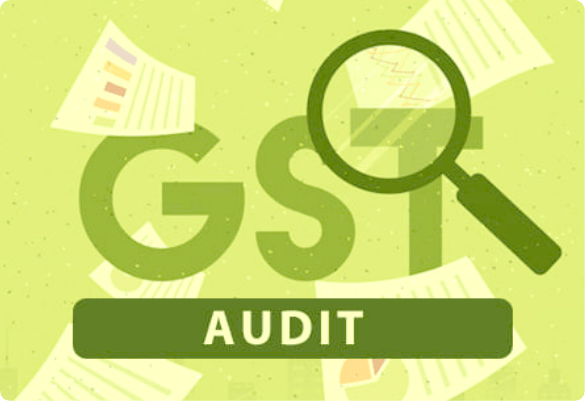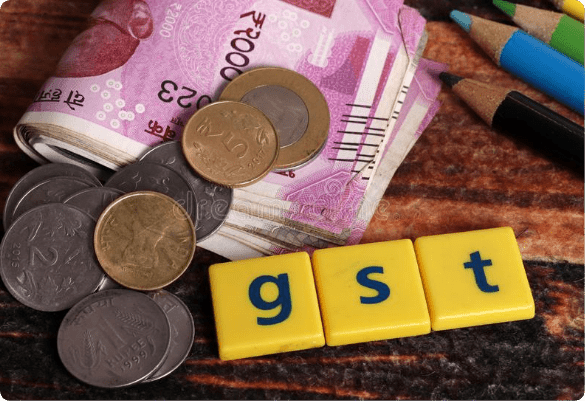Many businesses in India have multiple GST registrations under a single PAN. All these branches include multiple vendors and thus create overhead in the GST return filing process.
In many cases, while dealing with multiple GST registrations under a single PAN, small details are missed, and errors are introduced in the GST return filing. Unfortunately, these errors go unnoticed due to the extensive business framework and can put your business at risk of GST departmental audit.
In this short article, we will look at the basic steps businesses can take to protect their business from GST departmental audits by implementing some checks and balances in their internal GST filing system.
Your business can attract GST departmental audit
Most of the small businesses in India which have multiple GST registrations tend to be ignorant of the GST compliance requirements prescribed by the GST department.
This creates an opportunity for error introduction in the annual GST returns, and this goes on piling for many months and finally brings your business under the GST department’s radar.
This non-compliant behaviour of the business can attract GST audits by the department that can even lead to GST registration suspension or even cancellation after due scrutiny.
Routine scrutiny of your GST returns filings using an automated reconciliation tool like KYSS helps businesses understand the gaps in their GST returns data before filing and helps identify the errors in the GST returns filed by your suppliers. In addition, this routine activity prevents the blocking of your input credit due to the non-compliance of your supplier.
Potential threats to your business
Small businesses with 2+ registrations under the same PAN can have difficulty reconciling all their outward sales & purchase records, and minor mismatches may go unnoticed. These mismatches pile up for all the business units, disturbing the annual GST return of GSTR-9.
Following are some of the significant threats that your business faces in inefficiently performing your GST reconciliations:
- Claiming ineligible ITC
Recently, an ineligible ITC scam was unearthed in Surat, Gujarat. The involved party claimed an ineligible ITC of Rs. 482 Crore based on fake invoices where no supplies were received. Such scams are common these days, and the GST department keeps a close eye on the ITC claims by businesses.
Even if any businesses claim ineligible ITC erroneously, the company has to reverse this ITC in its upcoming GSTR-3B return.
Proper scrutiny of your supplier’s GST returns is necessary before claiming your ITC, and if any discrepancies are found, such suppliers should immediately be informed. Missing out on identifying the gaps in your GSTR-2B statement will lead you towards ineligible ITC claims.
GSTR-2B vs Purchase record reconciliation helps businesses identify the defaulting suppliers and ensures that you claim only the eligible ITC.
Businesses are advised to use automated reconciliation tool like KYSS to identify gaps in their GSTR-2B statement.
- Late fees & penalties
Delayed filing of GST returns can prove to be a major reason for attracting penalties and interest.
Let’s understand this with an example:
A firm ‘Anjali Wafers company’ has a pending outward GST liability of Rs. 2,00,000 for a given financial year.
The interest that will be levied upon this liability will be somewhere from 18% to 24%.
In this case, this business ends up paying at least 18% interest on Rs. 2,00,000.
This can be a major drain in the cash flow of the business and the reason for this is the negligence during the return filing or piling up of the pending liabilities of multiple GST registered units of a business.
Hence, keeping track of all the GST return filing of all your units is important. There should be common GST reconciliation software across all the units to unify the GST reconciliation process so that no GST returns lays pending.
Running regular internal GST audits can help your business to comply with all the GST laws and check if your business units are in line with the GST return filing due dates.
- Eligible Input Tax Credit remains unutilized
Input Tax Credit under GST is the most crucial part of the GST structure, and it makes GST a justiciable tax. However, claiming of ITC is not a cakewalk.
Underutilization of Input Credit is very commonly observed in businesses with multiple GST registrations under a single PAN. This is because the eligible ITC remains accumulated in different units as the business owner cannot keep track of all the ITC available.
In this case, businesses end up paying outward liabilities in cash which takes a toll on the cash available for business operations.
An internal GST audit or scrutiny with periodic GST reconciliations will help businesses identify such accumulated Input credit that can be further used to set off the outward GST liabilities.
An automated reconciliation like KYSS helps you in a smoother ITC reconciliation, ensuring that no eligible ITC goes unidentified.
How can automated reconciliation solve the problem?
When businesses opt for automated reconciliation software, they do not need to worry about GST compliance. Instead, the service provider is now responsible for keeping the business 100% GST laws compliant.
Following are some of the direct benefits of using automated GST reconciliation software like KYSS
- Hassle-free GST return filing.
- Automated reconciliations to identify errors and file 100% accurate GST returns.
- Claim 100% eligible GST Input Tax Credit and stay away from the ineligible ITC under GST.
- Identify the defaulting GST suppliers by uploading supplier data in bulk.
- Generates a comprehensive report and sends them to the concerned stakeholders.
- Automated notifications to the identified GST defaulting supplier.
- Accurate GST data – directly fetched from the GSTN portal.
- Frequent follow-ups – The automated tracker works on data-driven insights. Hence, for a non-responsive supplier, regular follow-ups will be scheduled.
The reports generated by the reconciliation software allow you to check the inconsistencies in your GST returns.
To conclude
From the three major problems discussed in the article, it is evident that small and medium-sized businesses must have an automated reconciliation solution that allows them to run internal scrutiny.
KYSS is helping small businesses scale in the GST return filing arena in a user-friendly and faster way.
Feel free to check out our GST return filing products on our website.





